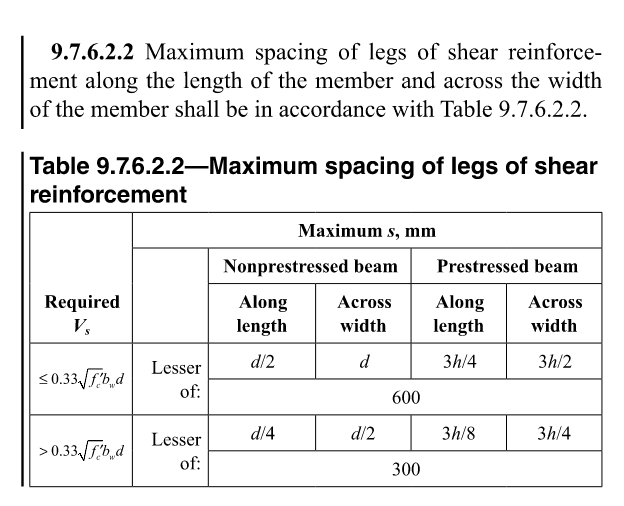I am a little confused about overlapping hoops, which we call double/triple rings in my area. I am in an argument with another engineer about detailing of overlapping hoops. The other engineer's practice is to place 2 regular hoops immediately next to each other to make it a overlapped hoop, whereas my practice is as ACI 318-19 states in figure FIG.R.18.6.4. See attachment for both types.
Is the detail used by the other engineer correct?
Is the detail used by the other engineer correct?

